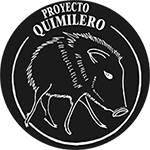
22 Aug Participatory Monitoring
From 2011 to 2017, professionals and technicians from various fields collaborated with Wichí settlers and small Creole producers to study medium and large mammals in the Dry Chaco. This research took place in an area known as Impenetrable, located in the Department of Güemes (a portion of the study area was later designated as the Impenetrable National Park). In this collaborative effort, all participants contributed to defining the objectives and field methods for data collection. Consultation and co-construction workshops were conducted, respecting local cultural decision-making processes and the consultation procedures mandated by law.
These workshops were held regularly throughout the project, typically one or two per area per month, and played a crucial role in facilitating the exchange of knowledge. Local participants filled out forms to record information about the species they encountered, including details about the tracks, sighting locations, hunting activities, and the specific environment where the data was collected. It took several months to standardize the data collection process, and during this time, many local participants learned how to collect data with scientific rigor, use cameras, GPS devices, satellite images, and basic computer tools.
Simultaneously, professionals and technicians learned to enhance their ability to detect traces and tracks of wild animals, gained insight into the significance of certain animal and plant species in local diets and medicinal practices, explored the spiritual connections associated with different animal species according to local knowledge, and gained an understanding of the ancestral management practices and hunting regulations specific to certain communities or groups. During a field trip with Wichí hunters, one project team member involved in the technical aspect of the project shared the following experience:
Returning to participatory monitoring as a sampling method, this work allowed for the detection of over 40 species of medium and large vertebrates (>0.5 kg). Many of the species detected are threatened with extinction, such as the quimilero. When evaluating the presence data, researchers found it to be precise, accurate, and conducive to robust statistical analyses. This work laid the foundations for long-term wildlife species monitoring, as evidenced by more than 6 consecutive years of monitoring data. Additionally, it enabled the description of natural environments where animals were detected and provided local authorities with information on hunting sites and key uses for local communities. The participatory monitoring of fauna, developed by the Quimilero Project, not only served as a powerful and effective sampling tool but also proved to be an important platform for interaction, co-construction, and social integration.
Other sampling methods
In addition to collecting data through locally-based participatory monitoring, the Quimilero Project utilizes various methods for its investigations, including camera traps, interviews, geographic information systems, and others. Camera traps have lower detection probabilities compared to interviews, but they provide 100% accurate data when suspect information is filtered out. Interviews, on the other hand, have proven to be a suitable method for gathering data on peccaries in the Dry Chaco, as long as they are conducted correctly and the informants meet the necessary criteria. Lastly, although the Quimilero Project has employed transects as a method, it was found to require excessive energy while yielding imprecise data.




No Comments